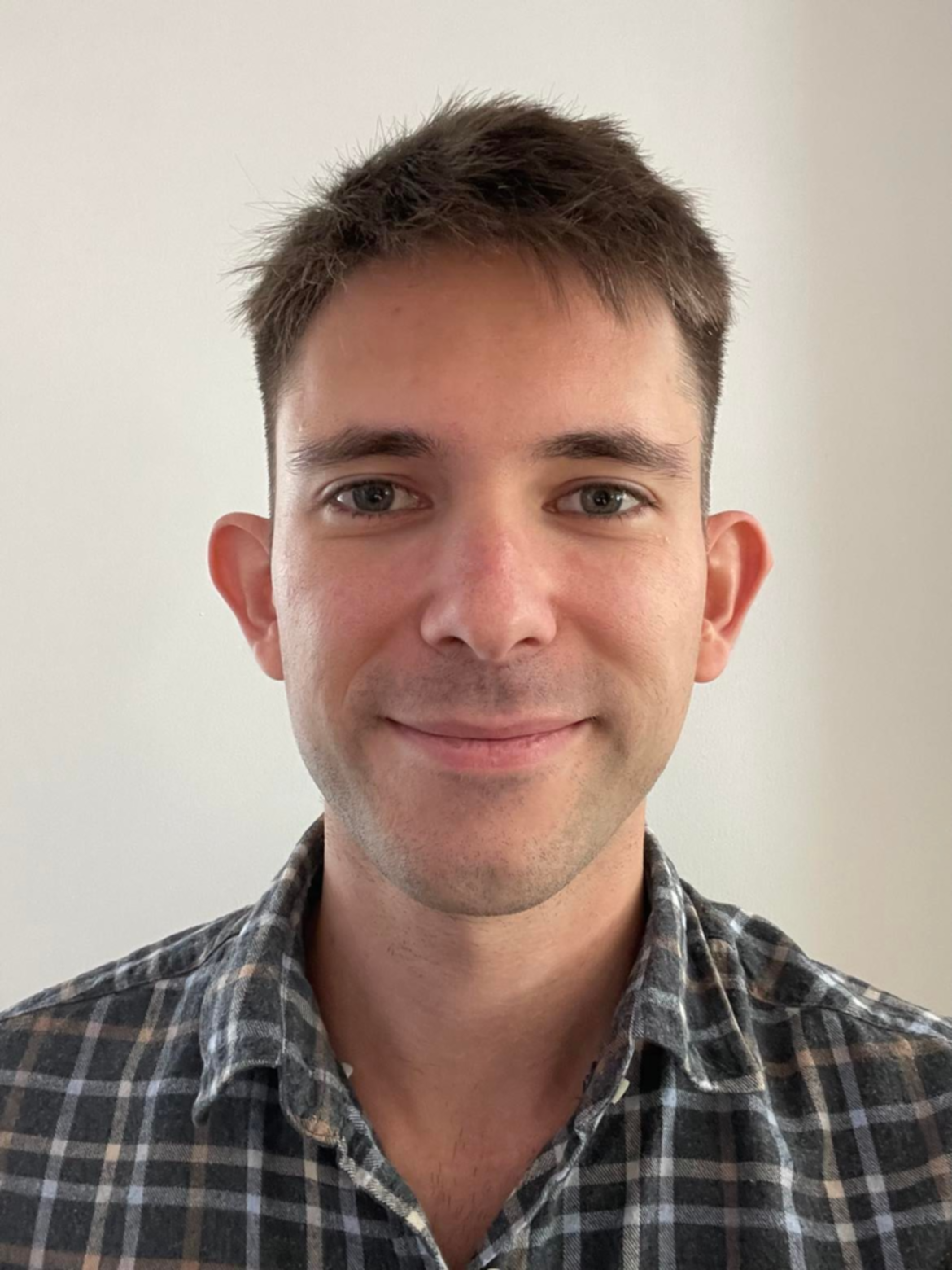Why do we have earwax?
When it's not causing problems, earwax is good for your health and should be left alone.

You pull out your earphones and are confronted by a familiar, if icky, sight: earwax. All it seems to do is dirty your listening devices, block your ears, cause discomfort and — in severe cases — obstruct hearing. But could this gooey nuisance actually serve a beneficial purpose?
The science tells us that the crud you wipe off your earphones is actually important for your ear health, and you may unwittingly harm yourself if you try to extract it.
Earwax is composed of dead skin cells mixed with secretions from oil and sweat glands in the ear. Skin cells in the outer ear canal originate at the center of the eardrum and then migrate toward the ear entrance, where they encounter a mixture of oils called sebum that moisturizes skin. Secreted by the so-called sebaceous glands attached to hair follicles, sebum mixes with secretions from sweat glands and shed skin cells to make earwax.
"Its purpose is to lubricate the skin in your ear canal to trap dirt and dust in the same way as the mucus up your nose," Kevin Munro, a professor of audiology at the University of Manchester in the U.K., told Live Science.
Related: Earwax may reveal how stressed you are
Sebaceous and sweat glands also secrete antimicrobial proteins into the mix, protecting the ear from bacterial and fungal infections.
"Your ear canal is like a tunnel or cave," Munro said. "It can get warm and moist, and it's a nice environment for bacteria to grow." Extracted earwax has been shown in lab dishes to hinder the growth of common ear pathogens, such as the fungus Candida albicans and the bacteria Pseudomonas aeruginosa and Staphylococcus aureus. This may be due to the slightly acidic nature of earwax — the pH of which ranges from 5.2 to 7.0 — and the immune proteins it contains, including antibodies that latch onto foreign invaders and lysozyme, an enzyme that breaks down the cell walls of some bacteria.
Given earwax's helpful roles, people should avoid removing the sticky substance if it isn't causing any problems. People should seek medical attention if a buildup of earwax begins to cause pain, blockages or hearing difficulties, Dr. Satoshi Hara, an ear, nose and throat doctor and associate professor at Juntendo University in Japan, told Live Science in an email.
Troublesome earwax buildup is most common in people older than 60, because with age, the wax migrates out of the ear more slowly and a larger amount is produced, Munro said. Besides these age-related changes, wearing earphones, earplugs or hearing aids that block the exit of earwax can also lead to buildup.
Munro cautioned that people should not attempt to remove earwax using cotton swabs, as these push wax further into the ear and can damage the eardrum. Ear candling, another inadvisable home remedy, involves placing a hollow, lit candle upright in the ear as the person lies on their side. The smoking candle allegedly suctions air and earwax out of the ear — but there's no evidence that the candle actually generates a vacuum, and it could lead to burns.
A doctor or pharmacist can safely remove earwax using a microsuction device or by flushing it out using an electronic water irrigator that ejects water into the ear at a low pressure. Medical providers typically avoid using syringes to flush out the ear, as this technique has punctured eardrums in the past by blasting the tissue with water under high pressure.
Patients can prepare for their earwax removal appointment by adding pretreatment drops, such as carbamide peroxide or medical-grade olive oil, to their ears for several days beforehand to soften the wax, Munro said.
This article is for informational purposes only and is not meant to offer medical advice.
Sign up for the Live Science daily newsletter now
Get the world’s most fascinating discoveries delivered straight to your inbox.

Kamal Nahas is a freelance contributor based in Oxford, U.K. His work has appeared in New Scientist, Science and The Scientist, among other outlets, and he mainly covers research on evolution, health and technology. He holds a PhD in pathology from the University of Cambridge and a master's degree in immunology from the University of Oxford. He currently works as a microscopist at the Diamond Light Source, the U.K.'s synchrotron. When he's not writing, you can find him hunting for fossils on the Jurassic Coast.










